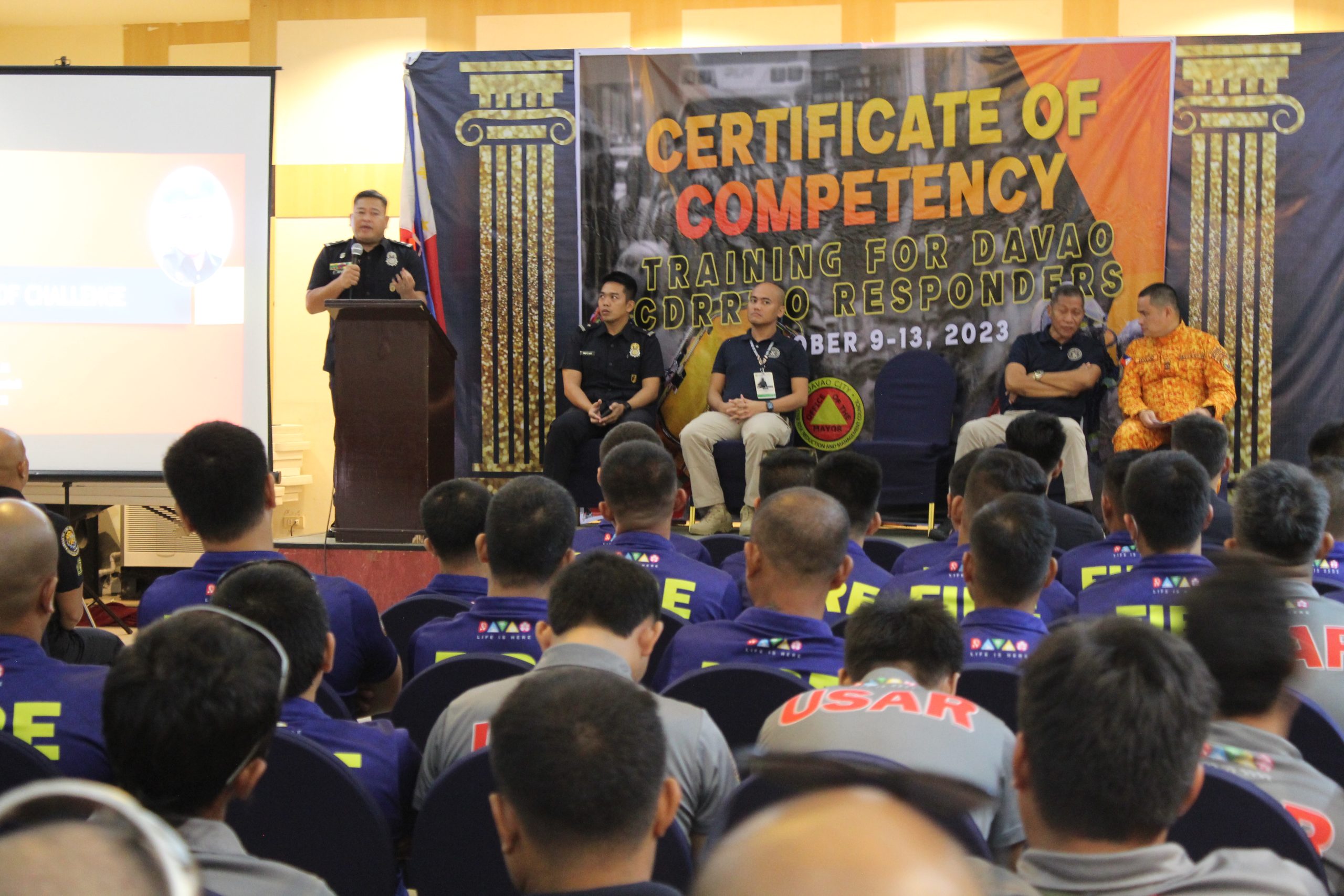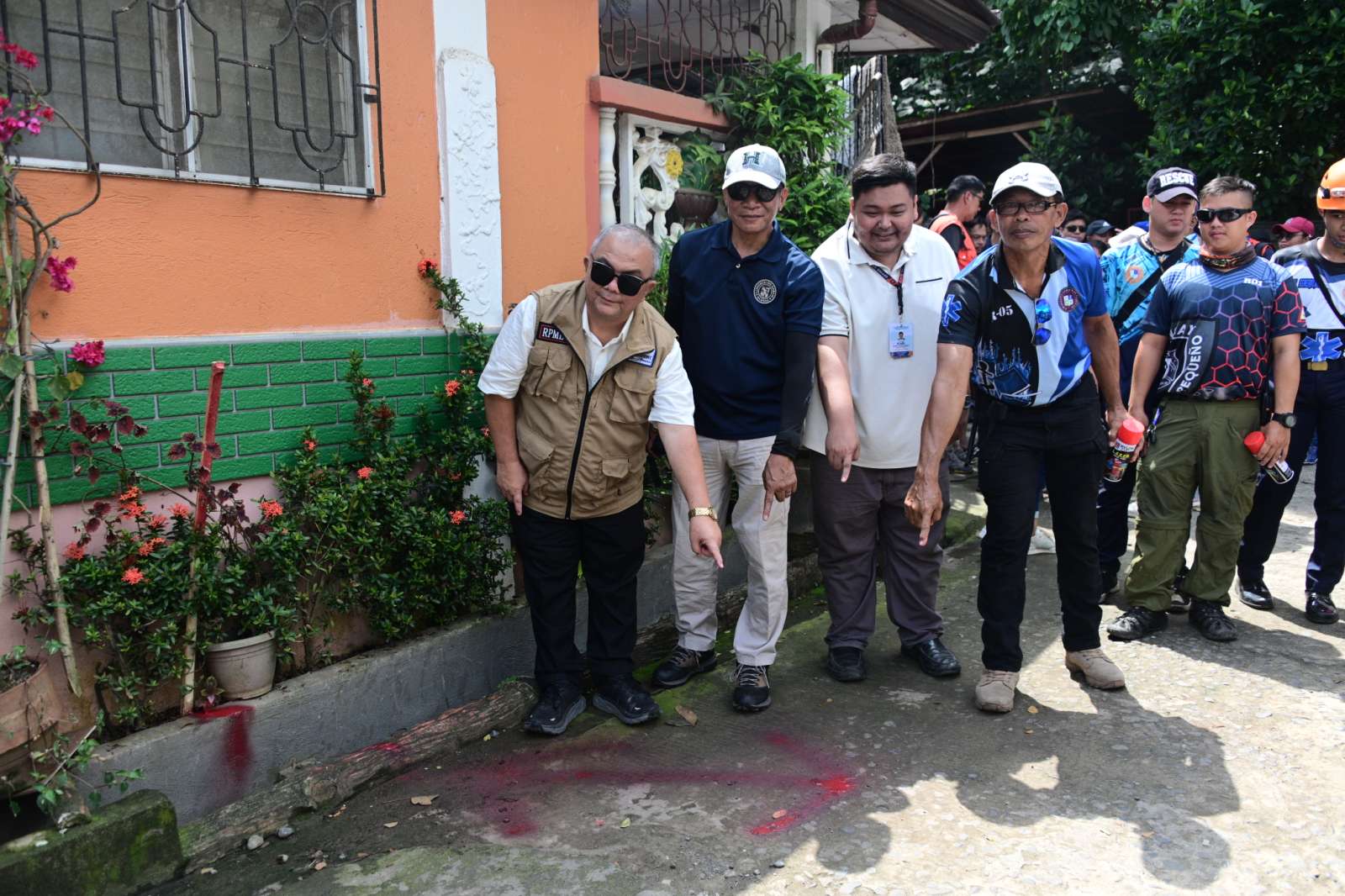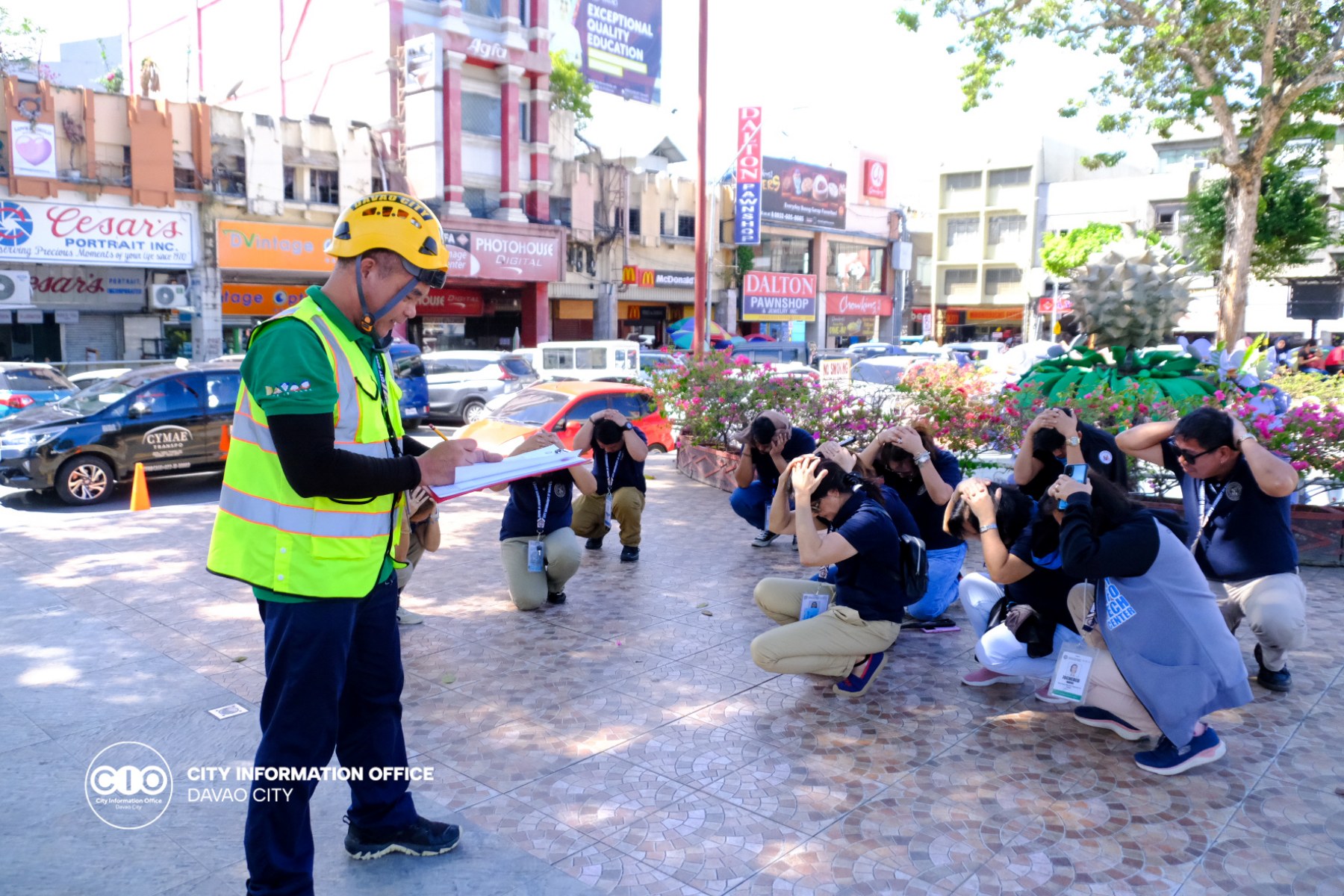As part of the competency standardization and capability training of its first responders, the City Disaster Risk Reduction and Management Office (CDRRMO), in partnership with the Bureau of Fire Protection (BFP), began its five-day (October 9-13) Certificate of Competency (COC) training for CDRRMO-911 Fire Auxiliary Services (FAS) personnel.
Lyndon Ancajas, Acting Head of the CDRRMO Administration and Training Division, said the CDRRMO aims “to strengthen, optimize and, standardize” through the training “the skills, the capacity, and the knowledge” of fire responders under FAS as well as select personnel of the Urban Search and Rescue Unit (USAR) assigned under fire emergencies.
Republic Act 9514 or the Fire Code of the Philippines stipulates that the BFP shall issue the COC “to fire volunteers, fire volunteer organizations, and fire service practitioners” only after the “completion of mandatory training and evaluation conducted by the BFP and upon submission of the required documents.”
“Tanan-tanan naga-conduct og fire emergency response, muagi sila sa certificate of competency. With that move, makita na gyud nato even si Bureau of Fire na kaning mga naa diri sa fire scene na nagunit sa certificate of competency na ID, ni-undergo sa standard na training (Everyone who practices fire emergency response must have a certificate of competency. With that move, the BFP can see that fire responders who have certificate of competency ID had undergone the standard training),” he said during the At Your Service program on Tuesday.
Ancajas, however, said 911 FAS and USAR personnel, most of whom are veteran fire service practitioners with almost 20 years of experience, required a specialized competency training to suit their capability levels.
“Na-recognize man pud gud sa Bureau of Fire nga naa na mi sa level na beyond na sa basic na skills ang kailangan, need na i-enhance (The Bureau of Fire recognized that the skills of our personnel are beyond the basic level, they just need to be enhanced),” Ancajas added.
For this reason, the BFP fashioned a much more advanced COC training course which includes a confined space rescue simulation, the staging of a high-rise rescue that involves the use of ladders to reach a fire scene several stories up where they will be tasked to conduct search and rescue, and equipment familiarization of stat-of-the-art fire rescue equipment, among others.
Around 150 personnel from the FAS and USAR will divided into three batches to undergo the training. The second batch is slated to have the training on November 6-10 while the training for the final batch will be on December 11-15. CIO









